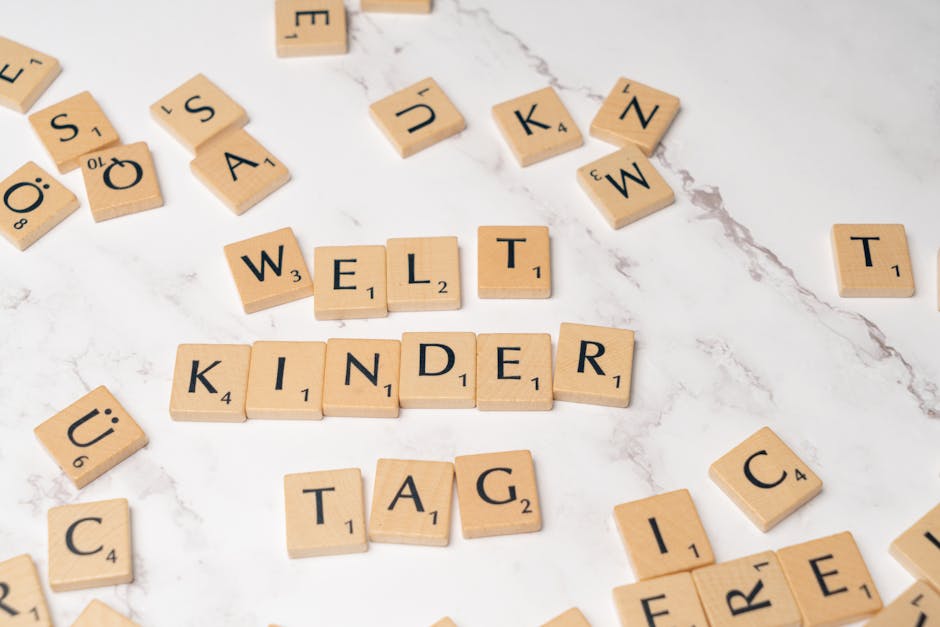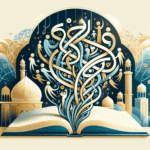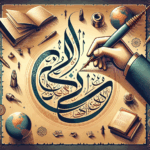The Arabic Alphabet in Global Communication: Trends and Innovations
The Arabic alphabet, with its flowing script and rich history, has been a cornerstone of communication in the Arab world for centuries. But what happens when this ancient script meets the modern world of global communication? Join me as we explore the trends and innovations that are shaping how the Arabic alphabet is being used today. 📜🌍
Table of Contents
1. Introduction
2. The Historical Significance of the Arabic Alphabet
3. The Arabic Alphabet in Digital Communication
4. Innovations in Arabic Typography and Design
5. The Role of the Arabic Alphabet in Cultural Exchange
6. Conclusion
7. FAQs
The Historical Significance of the Arabic Alphabet
The Arabic script has been more than just a writing system; it’s a cultural heritage. Originating in the 4th century CE, it has been used to pen some of the world’s most significant texts. From the Qur’an to classic poetry, the Arabic alphabet has been a conduit for knowledge and art. Its adaptability has allowed it to be used across various languages, including Persian and Urdu, making it a versatile tool for communication. 🖋️📚
The Arabic Alphabet in Digital Communication
In today’s digital age, the Arabic script is finding new life. With the internet bridging gaps between cultures, Arabic speakers are using their language online more than ever. Social media platforms, websites, and apps are increasingly accommodating Arabic script, ensuring that it remains relevant. The integration of Arabic into technology, such as voice recognition and text-to-speech services, is revolutionizing how Arabic speakers interact with digital devices. 💻📱
Innovations in Arabic Typography and Design
Typography is an art, and when it comes to the Arabic script, designers are getting creative. Modern typographers are developing new fonts that maintain the elegance of traditional Arabic while being suited for digital readability. These innovations are making it easier to use Arabic in branding, advertising, and online media, ensuring that the script is both beautiful and functional. 🖌️✨
The Role of the Arabic Alphabet in Cultural Exchange
The Arabic alphabet is a bridge between cultures. As more people learn Arabic as a second language, the script helps in fostering understanding and exchange. Language learning apps and online courses are making the Arabic alphabet more accessible to non-native speakers, promoting cultural exchange and understanding. This cross-cultural interaction enriches global communication, creating a more connected world. 🌐🤝
Conclusion
The Arabic alphabet is more than just a script; it’s a living, evolving part of our global communication landscape. From its historical roots to its modern adaptations in technology and design, the Arabic alphabet continues to play a vital role in connecting people across the globe. As we look to the future, we can expect even more innovations that will further integrate this beautiful script into our everyday lives. 🚀✨
FAQs
Q1: Why is the Arabic alphabet important in global communication?
A: The Arabic alphabet is crucial as it connects millions of people across the world, facilitating cultural exchange and understanding.
Q2: How is technology adapting to include the Arabic script?
A: Technology is adapting by integrating Arabic into digital platforms, enhancing voice recognition, and developing Arabic-friendly applications.
Q3: Are there any challenges with using Arabic online?
A: Yes, challenges include ensuring proper display and alignment of the script, as well as developing technology that accurately processes the Arabic language.
Q4: What are some innovative uses of the Arabic alphabet today?
A: Innovations include new typography designs for digital use, integration into branding, and educational tools for learning Arabic.
Q5: How can non-Arabic speakers benefit from learning the Arabic alphabet?
A: Learning the Arabic alphabet can open doors to understanding a rich cultural history, enhance travel experiences, and improve job prospects in Arabic-speaking regions.






